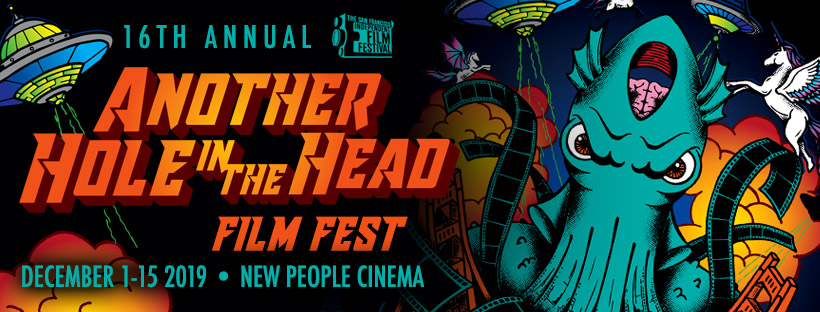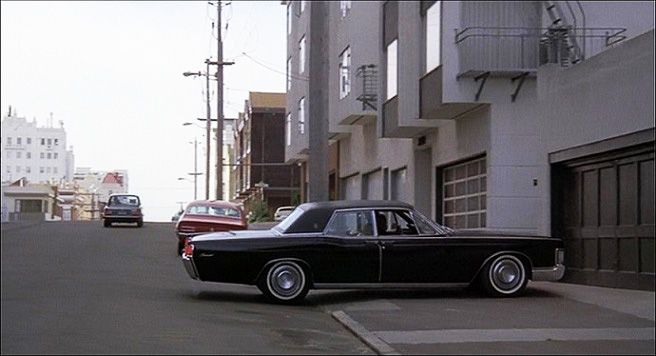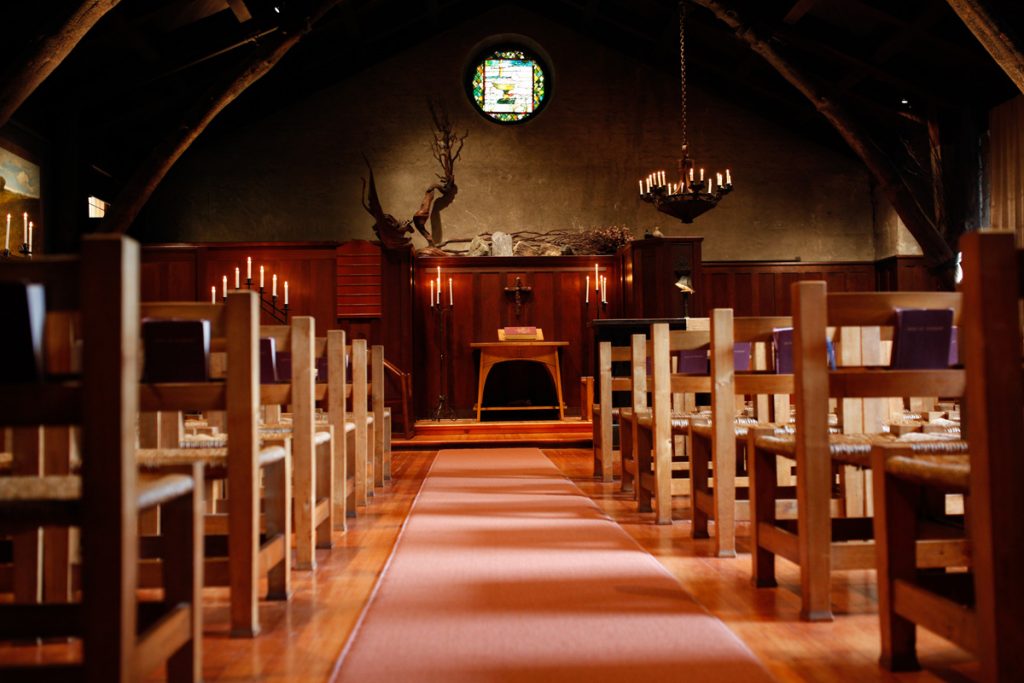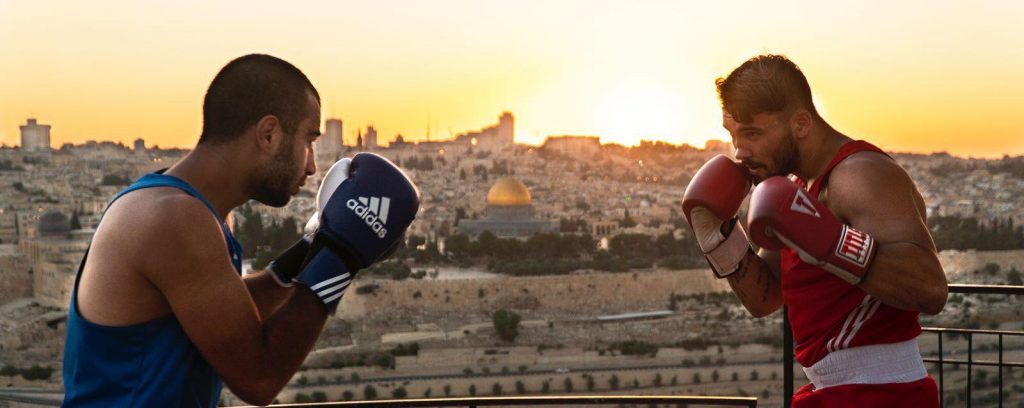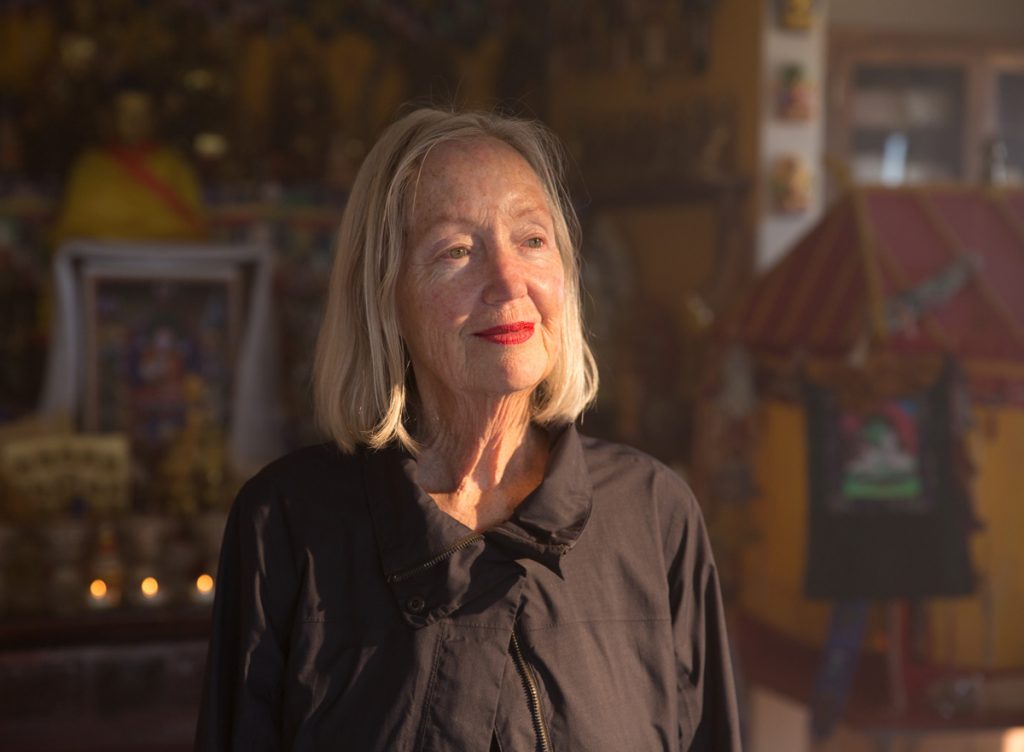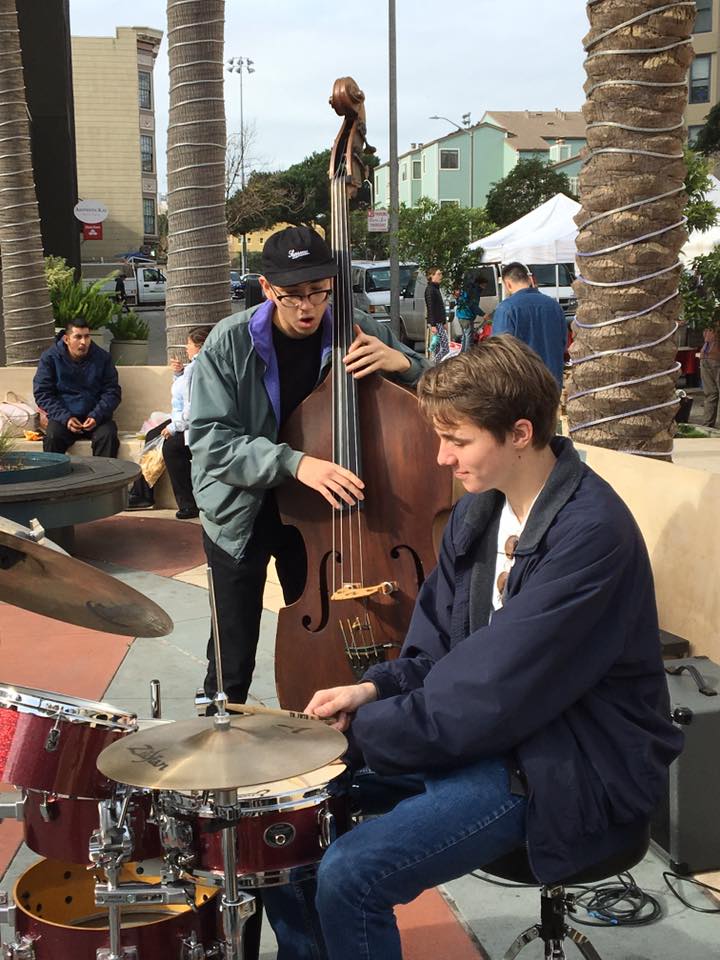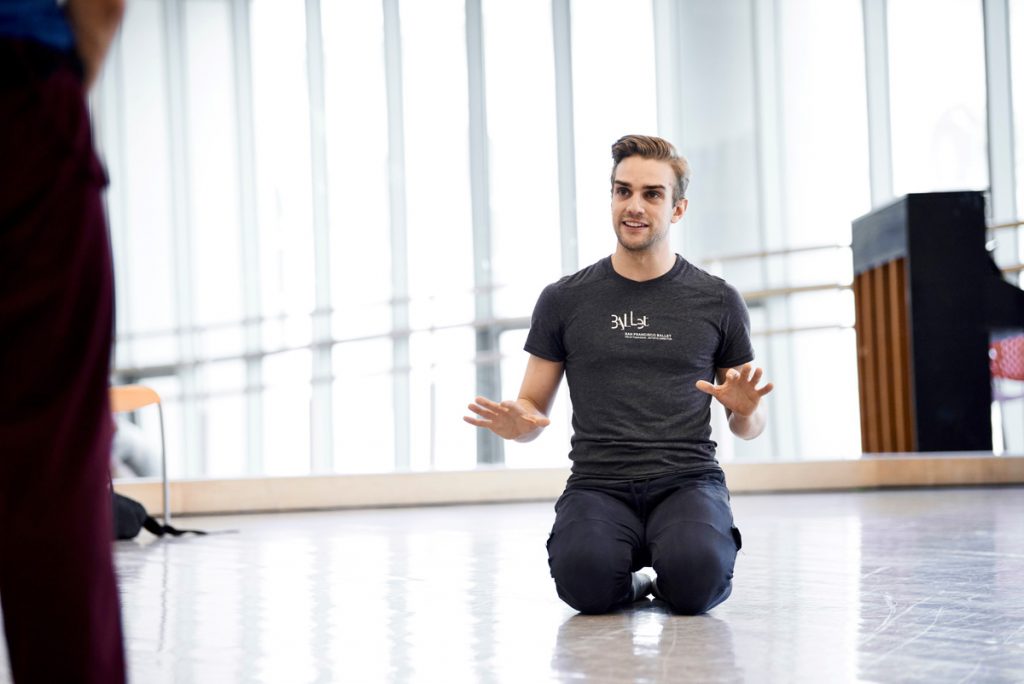
Photograph of Myles Thatcher rehearsing S.F. Ballet dancers by Erik Tomasson
CULTURE BEAT | PAMELA FEINSILBER
Myles Thatcher first came to Pacific Heights when he lived in the dorm for San Francisco Ballet School students on Jackson Street. He joined the company in 2010, and still lives nearby.
As a member of the corps de ballet, he has danced in everything from Swan Lake to Balanchine gems to world premiere works by today’s hottest choreographers. In fact, Thatcher, one of S.F. Ballet artistic director Helgi Tomasson’s youngest commissioned choreographers, has created some 15 one-act works himself — and he’s only 28.
This month, you can see him perform when S.F. Ballet presents John Neumeier’s heart-wrenching story ballet The Little Mermaid from April 19 to 28.
When did you know you had to become a ballet dancer?
I started dancing when I was 8 or 9 years old and couldn’t imagine doing anything else. I started training seriously at 13 or 14 and moved away at 15.
You left home at 15?
I’m from a small town in eastern Pennsylvania, and it’s hard to find a ballet school that’s high caliber enough to get you into the career circuit. I moved to Boca Raton to a place like a ballet boarding school. From there, I moved to New York City to train, and then I joined the top level of the S.F. Ballet School. I fell in love with the city and company when I did a summer program here at 17. I just knew if there was any way I could live and work here, I wanted to pursue it.
What about pursuing dancemaking?
I remember telling a dance teacher I wanted to do choreography, and she rolled her eyes. I kind of lost interest as I was getting my technical abilities up to par, but then we had this opportunity to choreograph. I made my piece on trainees at the S.F. Ballet School, and Helgi Tomasson chose mine to go to a festival the National Ballet School of Canada was hosting. That went well, so they asked me to do another piece for the S.F. Ballet School.
And you never stopped.
Helgi asked me to do work for the company, and from there I started working with other companies, nationally and internationally, for galas, competitions, films.
Would you prefer to be known as a great dancer or a great choreographer?
I would not give up choreography to pursue anything else. I’m happy that I’m setting the groundwork for when I can no longer dance. The average age to stop dancing is the mid-30s, though we have some dancers in their 40s. Right now, I’m balancing the two.
But you’re looking ahead.
I would not want to stop dancing yet, but it’s a short career. Creating dances is a beautiful way to express myself in this art form in a different way. It allows me to discover things with other people. You can’t do ballet alone. You can’t learn it off YouTube. The human element is why it’s survived all these years.
Explain a bit about The Little Mermaid.
It’s not your typical Disney version. It’s a really powerful and moving story about giving yourself to a person who doesn’t have the capacity to give back. The mermaid sacrifices a great deal to try to be with him. The story might be a metaphor for a poet character who is constantly at the mermaid’s side, who might have been in love with a straight man. By the end, we realize the mermaid and the poet narrator have been dealing with events in kind of the same way, like a thread through the piece.
What will you be doing in the piece?
John Neumeier is just a genius storyteller. Being able to work with him, you realize every step in that ballet has a narrative intention, down to the steps for the corps. I’m one of the dancers who make up the sea; we wear long blue skirts with white at the bottom. We also reflect the mermaid’s emotions: She comes from a peaceful place where she belongs and goes to a place where no one’s really happy, so there are moments we reflect tumultuous feelings. Once she gets on land, I am one of the ship’s passengers and wedding couples.
What do you do on a typical day off?
Many days, a few dancers will go to Roam on Fillmore to unwind and have a burger. A little bar called Fat Angel always has an interesting selection of wines and beers, and they have a really good mac and cheese. Upper Fillmore has changed a lot, but I kind of grew up going to La Med, and I still go back there.
Filed under: Body & Soul, Entertainment | Leave a Comment »
